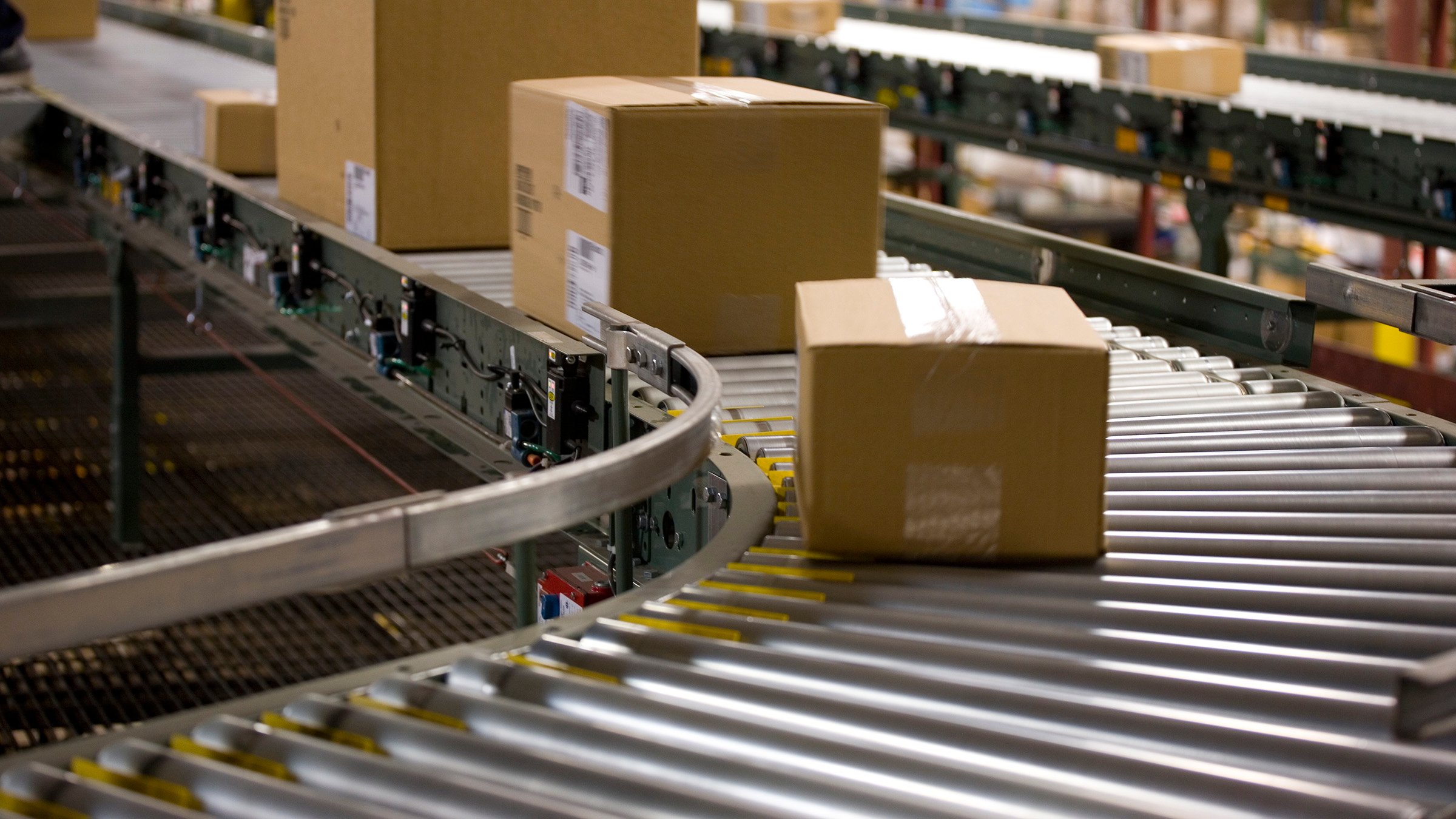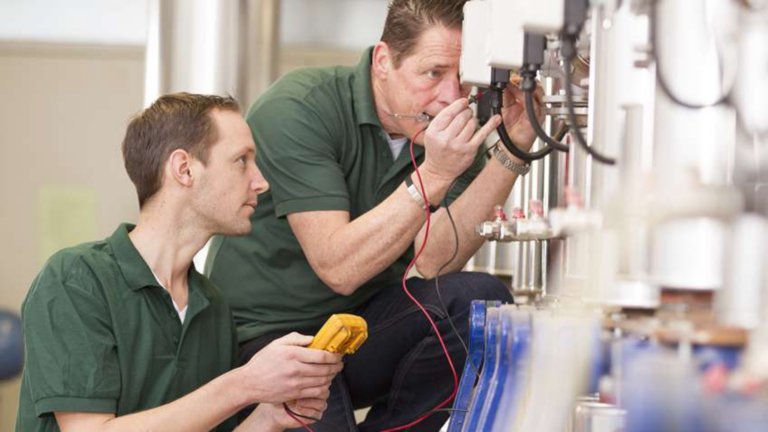By Ersun Hopi, safety project engineer, Rockwell Automation
A common question when learning about lockout/tagout (LOTO) is “What exactly is a Zero Energy State?” The answer might seem obvious at first. But when you apply the definition to the workplace, the complexity quickly builds, and questions arise.
A Zero Energy State is the point at which equipment has been safely isolated from any chances of re-energization or release of residual energy. It helps protect employees from unplanned or inadvertent start-up or equipment movement of equipment while performing maintenance, repairs or cleaning. Said more plainly — it's achieved when you have shut off everything and nothing can hurt you.
Here are four common questions that are commonly asked regardingpeople ask about Zero Energy State.
1. What defines “energy?” exactly? Are there magnitude limits?
Energy is any energy going into, out of, or residing within the equipment.
For example, if you consider a case packer, many people will assume it only has electrical energy. A few others might find the pneumatic line and realize it also should be a part of the LOTO procedure.
However, to truly establish a Zero Energy State on the case packer, the procedure must address all forms of energy, such as hot glue (which may be powered separately), gravitational energy, and kinetic energy generated from moving machine parts. Also, adjacent equipment such as infeed and outfeed conveyors might need to be considered if they could pose a hazard to the authorized employee when servicing the case packer.
Regarding magnitudes, OSHA standard 1910.147 doesn’t set upper or lower limits for LOTO. For the equipment being worked on, all sources of energy must be at a Zero Energy State. The 50V electrical limit you may be wondering about is aimed for electricians working in electrical panels.


